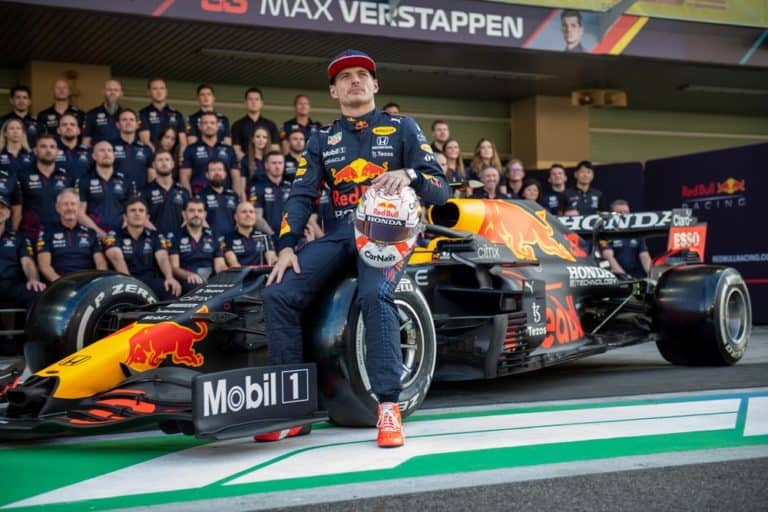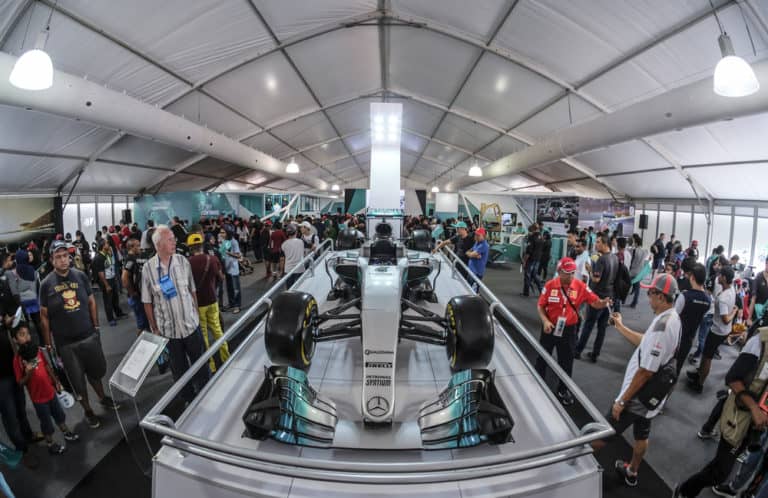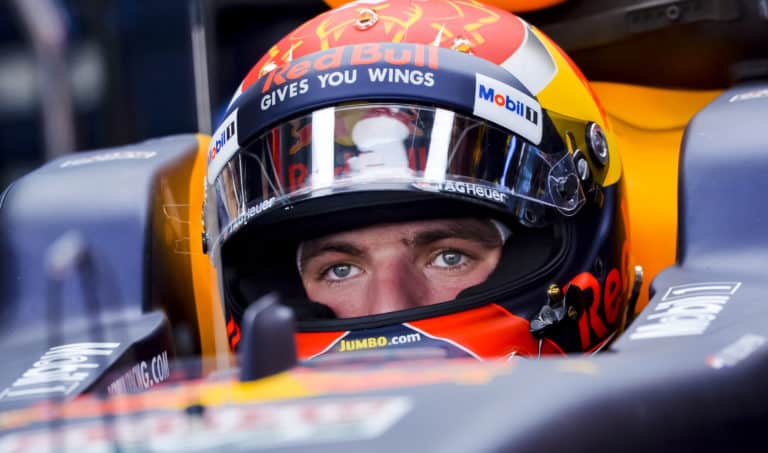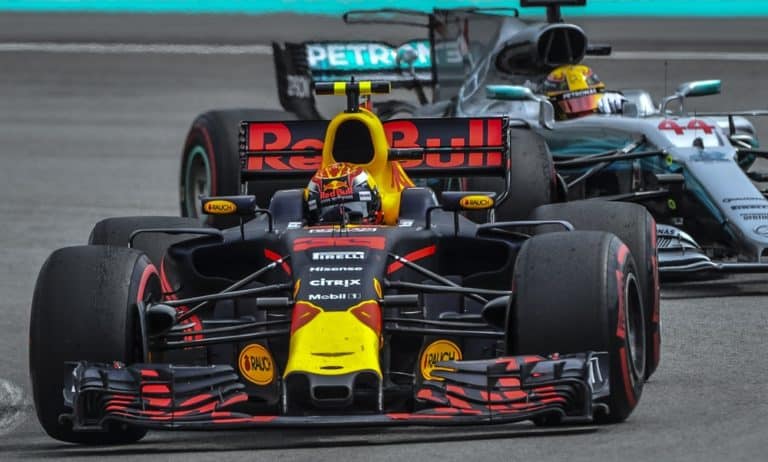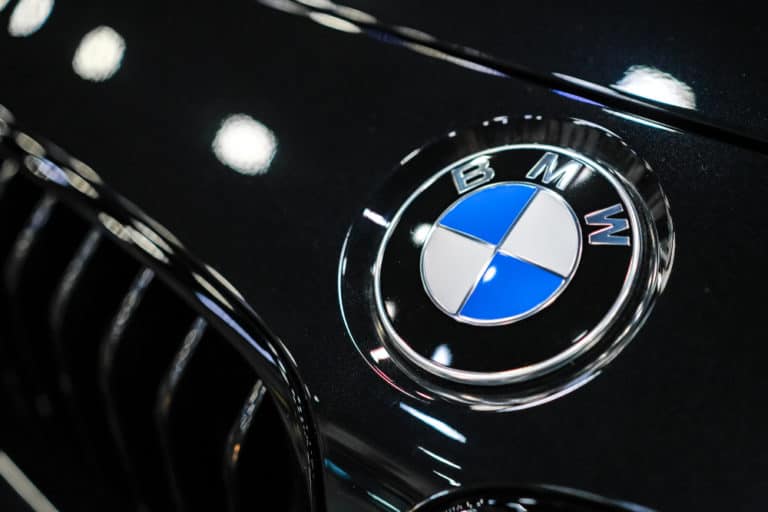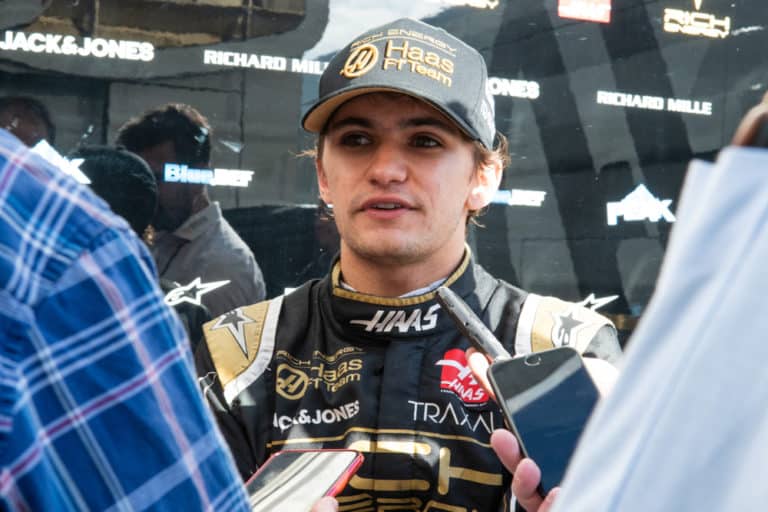Editorial credit: cristiano barni / Shutterstock.com
So, you just saw a crash live on TV, and it’s your favorite F1 driver. Now that it’s been established that he’s going to be okay (probably due to the F1 Halo), you wonder what will happen to the car that costs millions of dollars to build. Well, buckle up because you’re about to find out.
F1 cars get rebuilt after crashes, and every part is tested per the Non-Destructive Testing (NDT) inspections. Immediately after the crash, the car is either put behind the barriers until the race is over or driven to the pits. If the chassis is undamaged, there is much less work to be done.
So, if you are just burning to know what happens to an F1 car after it crashes, prepare to witness the magic the F1 engineers and mechanics perform. F1 cars are basically the vehicle version of Frankenstein, but with many more safety checks!
If you’re looking for some F1 merchandise, check out the awesome stuff at the official F1 store here.
What Happens In The Immediate Aftermath Of The Crash?
Obviously, the main priority once a crash has happened is ensuring the driver’s safety. If possible, they will step out of the vehicle, and marshals and an FIA (Federation Internationale de l’Automobile) doctor will come to assess the situation.
The driver will be taken to the medical center for a standard check-up if the crash measures over 15-g. If the driver is in a worse state, they will go straight to the hospital.
An example is the 2021 Silverstone Grand Prix, where Max Verstappen was taken straight to the hospital after a 51-g crash. If none of these apply, the driver will merely wait for a ride back to the pits.
The car, meanwhile, will be driven back to the pits by the driver and, if not, will be pushed behind a barrier until the final lap has taken place. If the crash is not as easy to conceal, the session will be red-flagged, and a crane or tractor will help remove the wreckage back to the pits.
How Is The Car Reconstructed?
It is then that the work begins in earnest. Once the car has been driven back to the pits by the driver or on a low-loader truck, the work on reconstruction begins. Even the most damaged-looking cars can one day drive again, with enough testing and reconstruction.
The car is stripped down, and parts are separated according to what shape they’re in and whether they will need an inspection. With some structural carbon parts, it will be apparent that they are usable again.
With mechanical parts that have taken a knock like in Verstappen’s Silverstone race or even Mick Schumacher’s crash in Jeddah earlier this year, there will need to be Non-Destructive Testing (NDT) inspections. The NDT tests determine whether the part can be used, repaired, or must be scrapped.
The inspections of the damaged parts won’t always be conducted on-site, as the tools needed for the inspections are not always readily available. F1 has a cost cap, meaning each part has to be carefully inspected to see if it has any use before it is discarded.
There will hopefully be spares of the discarded parts, or else spares will have to be made. Spares will be used for parts that have to go for testing elsewhere.
One of the big questions to ask after a crash is whether the chassis was undamaged. If not, a lot of work will be involved in rebuilding the car. Once the chassis is approved, the damaged car is stripped down and rebuilt.
It is important to note that F1 cars are stripped down every Sunday after a race weekend and then assembled every Thursday before a race takes place. So, once the chassis is greenlighted, this rebuilding is almost like a matter of course for the F1 engineers.
Each person on the F1 team has a specialty, whether it be the gearbox, the front suspension, or the engine. Checks are constantly performed to ensure the car is as safe as possible. The power unit and fluid systems are something that it checked near the end of the process.
NDT Testing: The Ins and Outs
NDT testing is very complex and involves several different tests. One of these is the Magnetic Particle Inspection (MPI) to look for fine green lines under UV light to find out if there are defects in the components. These are done in all directions in anticipation of each race weekend.
The Eddy Current Inspection process is also used on metal parts to find defects by creating a magnetic field. Dye Penetrant Inspection is another process that can last an hour on each part. This is an enormous task, given the sheer number of metal parts F1 cars are comprised of.
Specialized digital X-ray machines are also used. These machines do not match the image we have in our heads of X-ray machines but have a detector screen that produces a live image. Ultrasonic flaw detectors are a big part of testing to see internal defects like delamination.
These tests are all very time-consuming because, with ultrasonic testing, for example, the whole part needs to be tested, which can take around an hour. The wings, suspension carriers, suspension components, and most of the chassis and floor are all tested.
Records are kept of each test to see if acceptable defects are turning into non-acceptable ones over time. Lives depend on the thoroughness of the inspections; even the smallest defect can endanger the driver’s safety and the car’s condition.
Why Are F1 Cars So Expensive?
F1 cars are worth around $2.6 million in material costs, but what makes them so expensive? Primarily, their engines cost a heck of a lot, not only in material costs but also mainly in development.
There is a minimum weight per the technical regulations, and F1 cars are made to be as light as possible, to maintain a competitive advantage. This means that expensive tailor-made carbon fiber materials are used to keep the car durable and, at the same time, lightweight.
These and other factors make F1 one of the most expensive sports in the world!
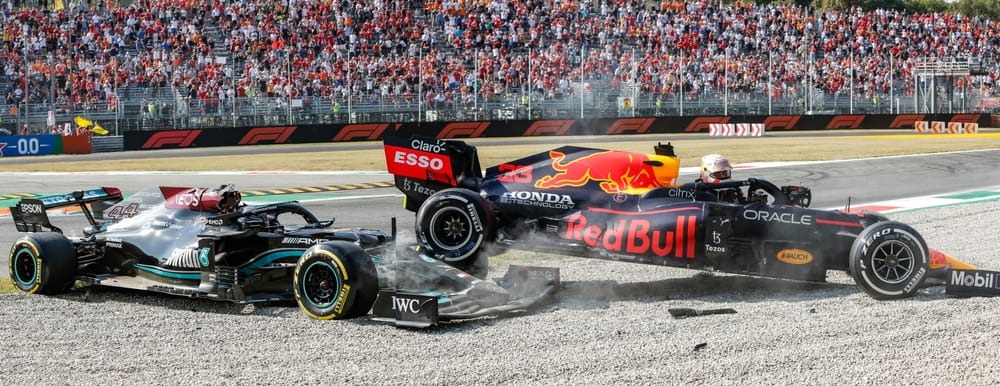
Conclusion
F1 parts don’t go to waste. Although you might think a car might be completely scrapped, all its parts are dissected and tested for potential reuse in the next race. The F1 teams work around the clock to ensure that all testing is conducted thoroughly to ensure the safety of the drivers.
Resources
- https://www.hitc.com/en-gb/2022/04/22/what-happens-crash-f1/
- https://www.autoweek.com/racing/formula-1/a39663309/how-formula-1-team-car-back-together-after-crash/
- https://www.mercedesamgf1.com/en/news/2018/09/insight-what-happens-to-f1-car-parts-after-a-race/
- https://www.motorsport.com/f1/news/the-risk-the-big-f1-teams-face-with-the-updated-cost-cap/10339743/
- https://www.autoweek.com/racing/formula-1/a1931391/why-do-formula-one-grand-prix-cars-cost-so-much/

